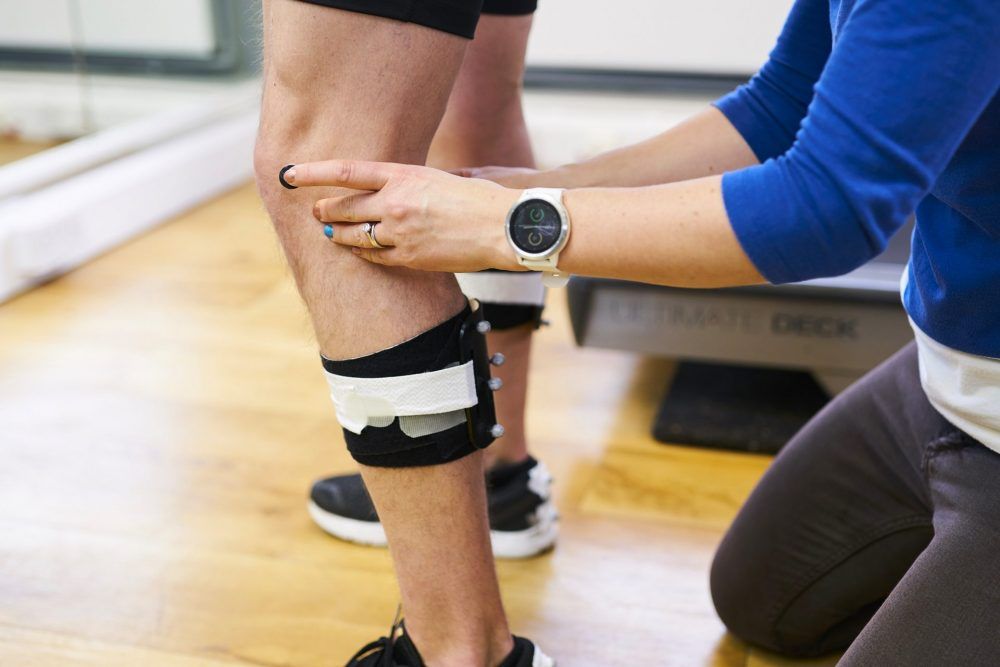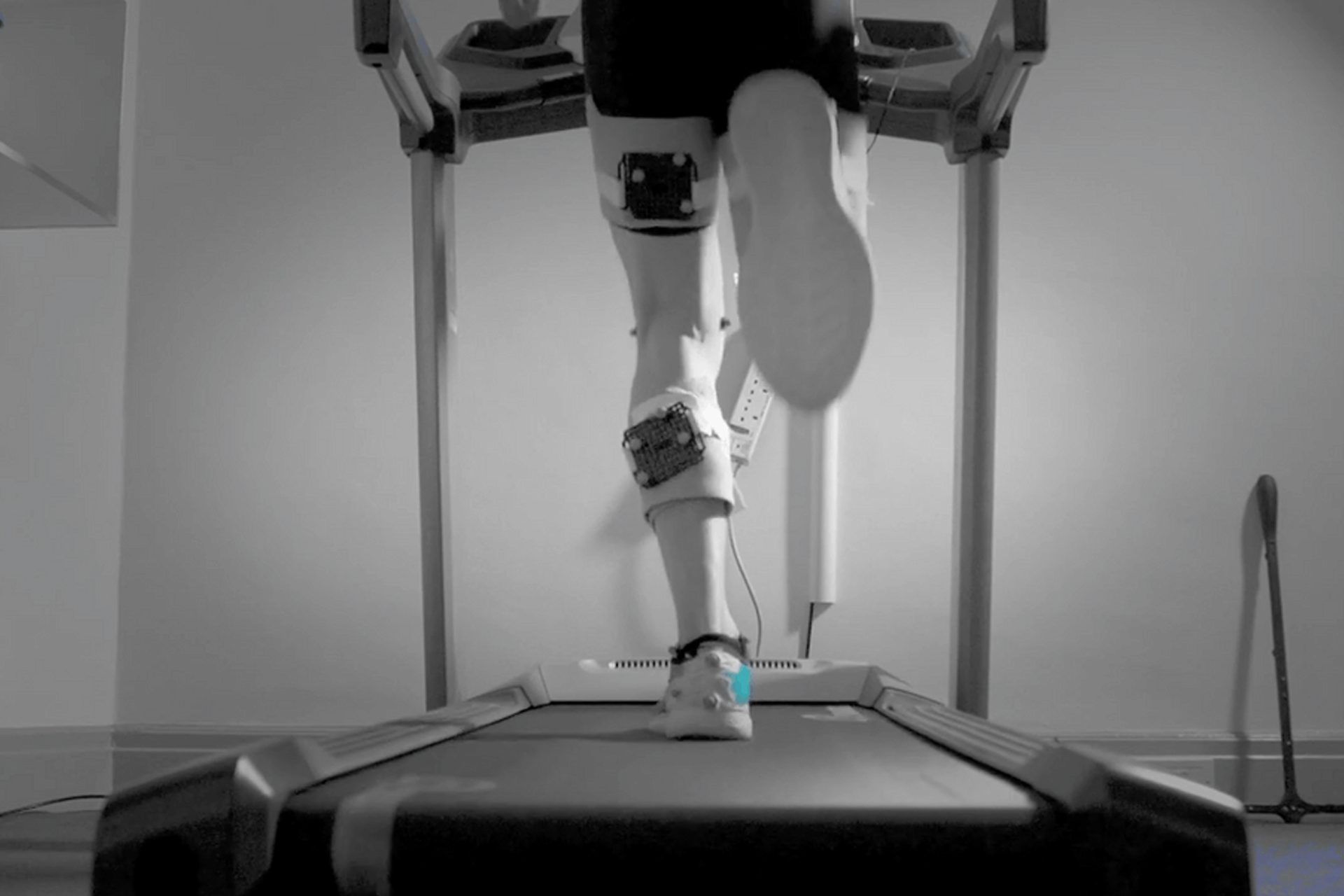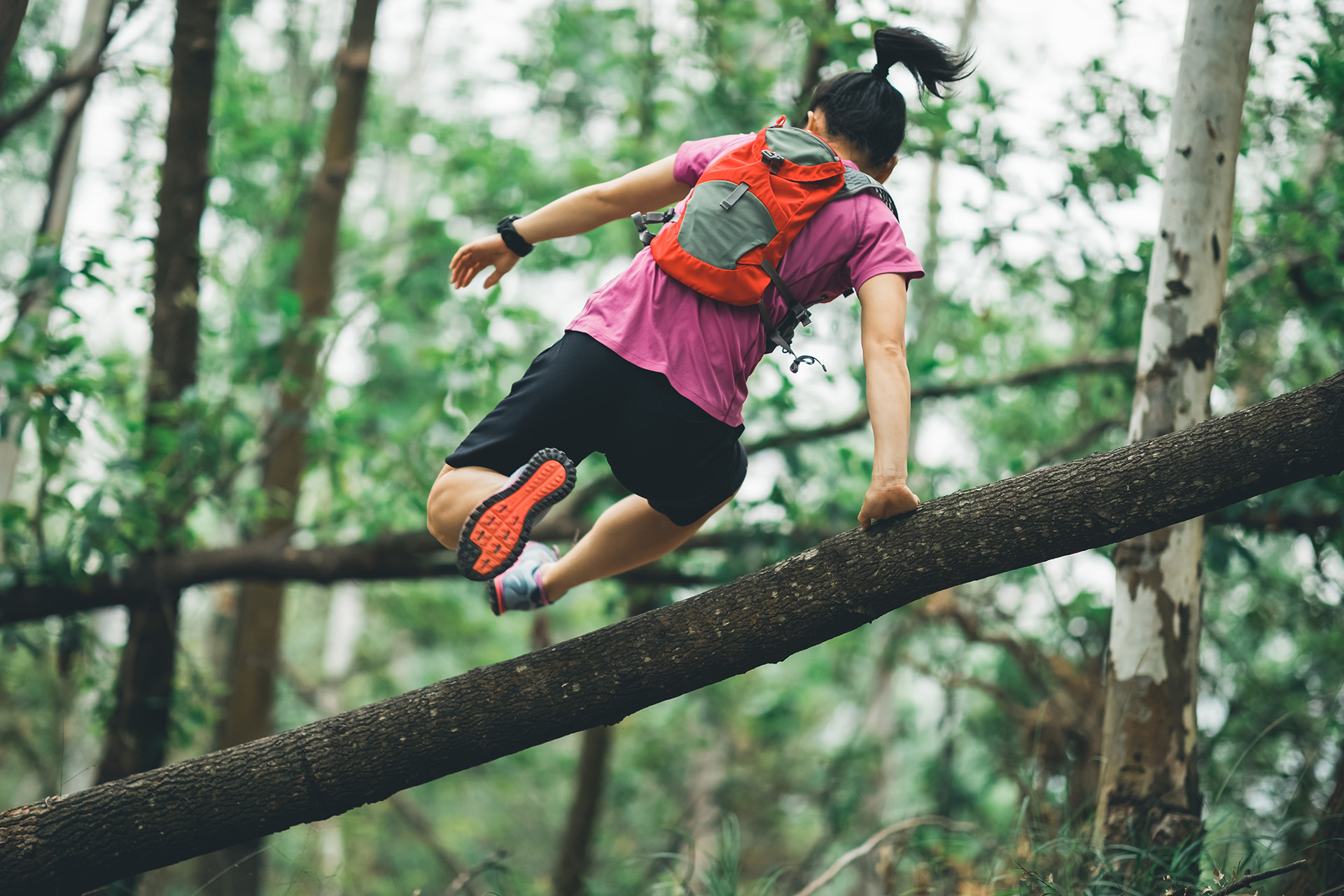More than 68% of runners indicated that they had had an injury within the past year and approximately 82% were believed to be attributed to running [1]. The lack of congruent information from footwear selection, type of orthotics, training programs or other techniques may be the reason for the high injury incidence amongst runners.
What Is Running Gait?
A running gait assessment can help identify and prevent sports-related injuries. But what is gait analysis? Most clinics in Singapore provide visual or 2D video gait analysis in Singapore. These are typically subjective at the discretion of the eye which can miss abnormalities in movement, or only measure certain gait parameters viewed from a single plane of motion.
3D Gait Analysis, on the other hand, is a highly accurate method that uses cutting-edge infrared cameras that measure kinematics (joint movement) and kinetics (force on the body) to capture movement dysfunction or asymmetrical gait patterns across multiple angles simultaneously. This revolutionary technology provides an objective measure of movement and velocity of joints across three planes – sagittal, frontal, transverse – to improve the precision of how you move.
What is a gait analysis used for? The Foot Practice’s 3D Gait Analysis uses “military-grade” technology developed by Oxford University to determine the cause of abnormalities during gait, which may cause injuries in runners. It enables our podiatrists to quantify walking patterns or running asymmetries that are impossible to measure using simple inertial sensors, video or visual analysis. This provides crucial information to assist in clinical decisions about treatment such as orthotics gait analysis protocols and to evaluate the outcome of treatment in order to maximise results and assess progress over time.
3D Gait Analysis to Evaluate Kinematics and Kinetics
The Foot Practice’s gait specialist in Singapore assesses kinematics and kinetics, which are the motion and force of a person’s body as one moves. Sensors are placed on a body and three infrared cameras capture a 3D skeletal model in real time to provide athletes with accurate data on movement patterns. This helps better understand the load being applied to joints and how the body’s muscles absorb the force of impact.
The benefits of a 3D Gait Analysis for athletes and runners is that it provides feedback and intervention for retraining and to correct form to prevent injuries by:
- Measuring abnormalities
- Determining the cause of abnormalities
- Assisting clinical decision making and treatment plan recommendations
- Quantifying the effect of intervention (e. g. footwear, joint replacement, gait retraining)
- Re-assessing progress over time
- Treating, pre-screening and preventing running injuries
Abnormalities in movement are critical for improving sports performance and preventing and rehabilitating injuries. By identifying the risk factors of biomechanics, alignment, muscle strength, and muscle imbalances, the state-of-the-art technology of 3D Gait Analysis captures data across three dimensions to examine:
- Power Plane: Dorsiflexion at foot strike, over or under stride, knee flexion at foot strike, cadence, and vertical excursions
- Control: Knee internal rotation, hip internal rotation, hip adduction, and pelvic obliquity
- Foot & Ankle: Rear-foot eversion, time to peak eversion, tibial internal rotation, and peak dorsiflexion
- Alignment: Quadriceps (Q) angle, femoral anteversion, knee valgus, and leg length discrepancy
Read the case study below about how to prevent injuries when running and avoid running injuries through a running gait retraining.

Case Study: Gait Retraining for Injured Long-Distance Runner and Triathlete
In a case of a long-distance runner and triathlete who suffered from chronic and recurring bilateral and Achilles injuries, 3D Gait Analysis helped to identify factors for gait retraining.
The initial observations from a 3D Gait Analysis identified a high anterior pelvic tilt and hip flexion that caused the patient to lift their knees higher when running. The asymmetry was higher on the left hip of the pelvis than the right. The reduced dorsiflexion midway through toe-off also suggested that the calves were being strained and overused. The condition worsened as the running speed increased with the low cadence a result of higher overstride on the left.
The kinematic curve showed that low cadence was likely due to a dominate ankle through the gait cycle that created a reduction in hip extension that was being compensated by the increase in anterior pelvic tilt. Power was wasn’t being produced in the hip.
A treatment plan to retrain and reduce the dominant-ankle gait focused on increasing cadence, lessening pelvic tilt, and lengthening hip extension at toe-off. The kinematic curves further revealed that a marginal reduction in the anterior pelvic tilt would reduce the abnormal plantar flexion motion in the second phase of the gait stance, which would ultimately reduce strain of the gastrocsoleus. However, this didn’t resolve the injury fully.
The minor improvements in pelvic tilt didn’t reduce the extension of the hip at toe-off either, leading our gait specialists to delve deeper into other factors such as the glutes and tight hip flexors. New footwear was recommended to decrease peak dorsiflexion, rearfoot inversion, and peak rearfoot eversion.
The 3D Gait Analysis identified asymmetries and a gait retraining treatment protocol to help the patient slowly run again – two to three times a week – without pain and shift a low cadence of 156 to a significantly higher range at 167 to 177.
The 3D Gait Analysis is an instrumental technology to allow The Foot Practice’s sports podiatrist in Singapore to get to the root cause of biomechanical imbalances and develop data-enhanced treatments that includes gait retraining, neuromuscular re-education, muscle strengthening, footwear recommendations, muscle imbalances and range improvements, and/or orthotics intervention.
The state-of-the art technology is a great injury prevention for runners tool. If you’re looking for a running gait analysis in Singapore to improve your performance or rehabilitate an acute or chronic injury, find out more about The Foot Practice’s 3D Gait Analysis.
______________________________
SOURCES
[1] Warne JP, Gruber AH, Cheung R, Bonacci J. Training and technique choices predict self-reported running injuries: An international study. Phys Ther Sport. 2021 Mar;48:83-90. doi: 10.1016/j.ptsp.2020.12.017. Epub 2020 Dec 23. PMID: 33395617.






